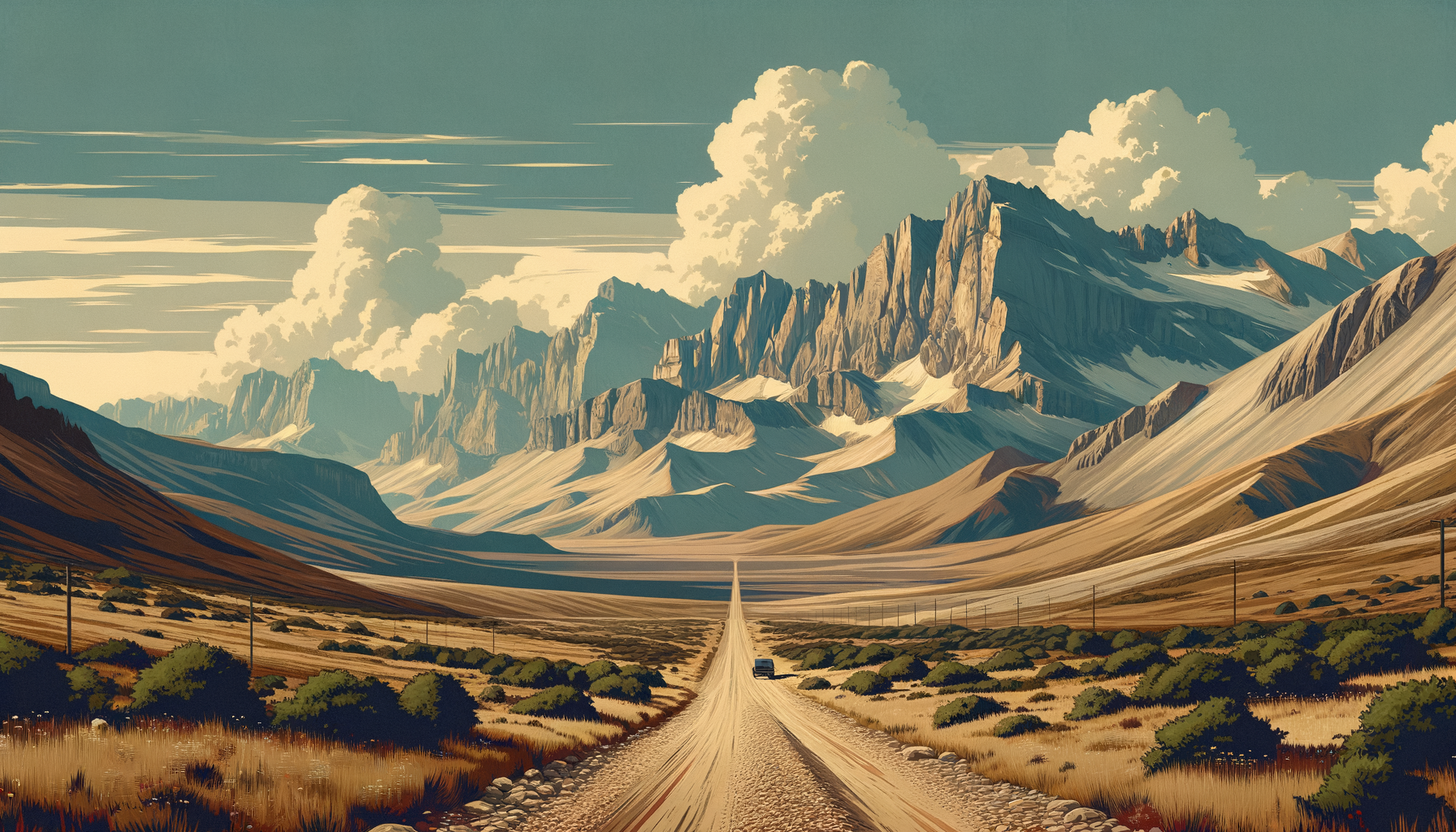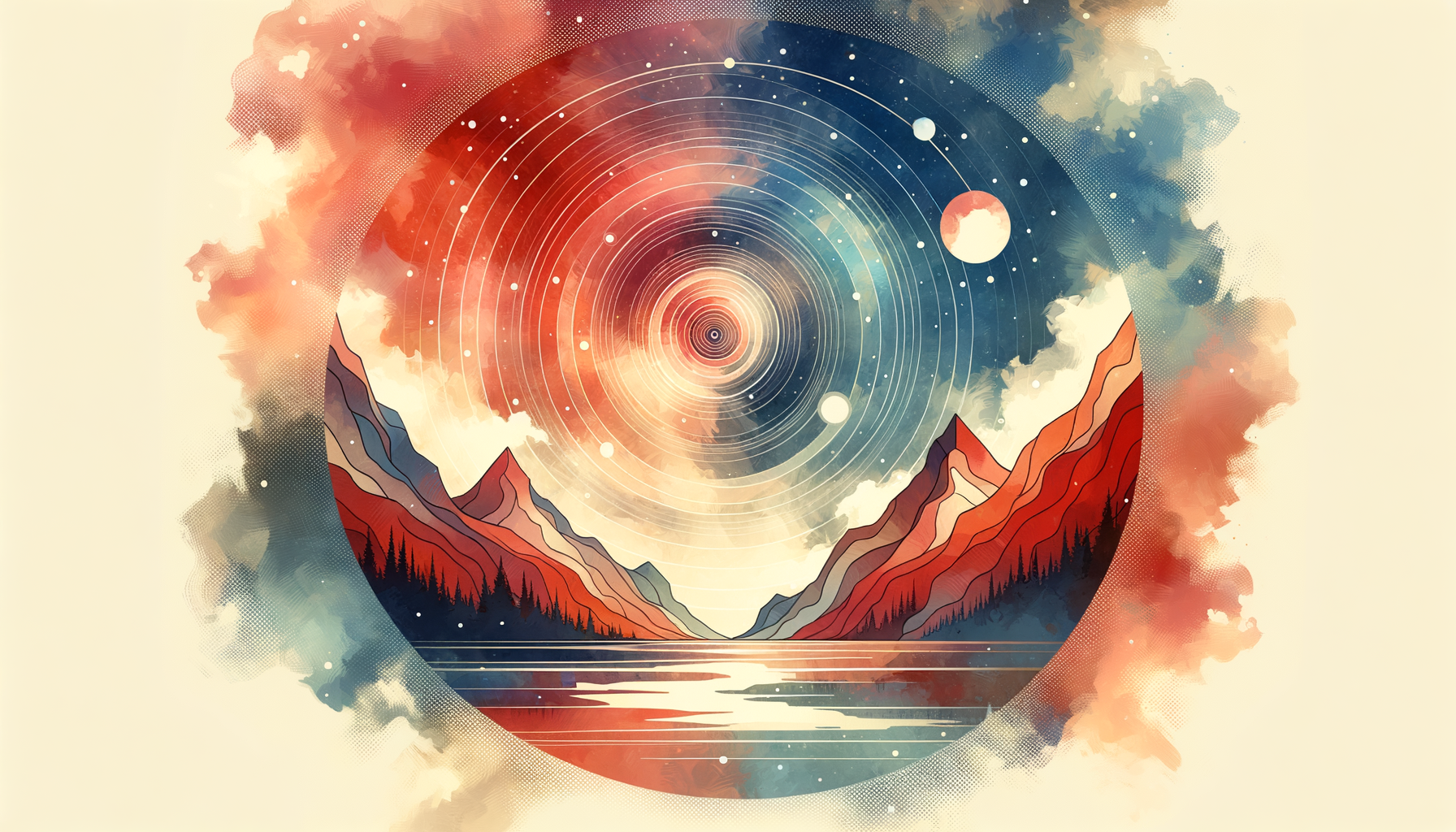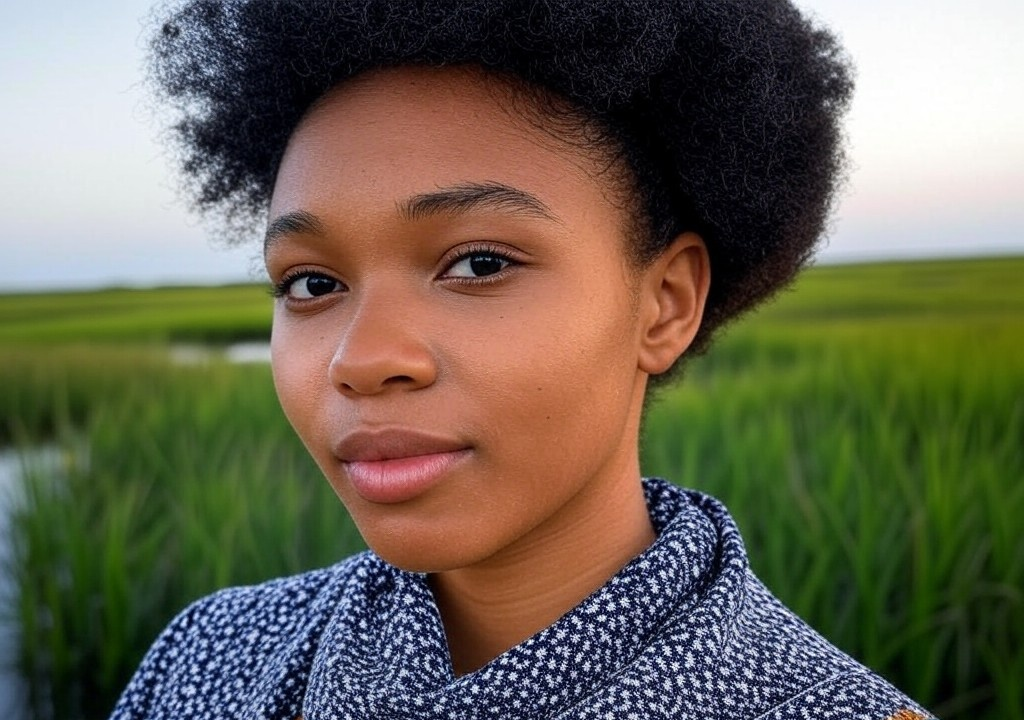There’s a stretch of dirt road just outside Telluride that looks like any other at first glance—scruffy brush edging the path, the occasional rabbit darting across the way. But to me, that road was everything: a shortcut to self-discovery, a proving ground for figuring out who I was and, surprisingly, what I wanted in relationships. It’s the kind of place that sneaks up on you, quietly shaping you like the rain smooths a jagged rock. Spoiler: Not everything you learn from a rugged Colorado upbringing translates seamlessly to modern romance. But oh, the metaphors it’ll give you.
Here’s how the place that made me—a small piece of the San Juan Mountains—revealed truths about connection, love, and how to navigate some of the trickiest terrain of all: relationships.
Chapter One: Love Is Like a Mountain (Steep, and Sometimes You Fall Flat)
Growing up on my family’s ranch, the stakes always felt high. First, there were literal stakes—like the ones we used to prop up fences that kept our horses where they needed to be. Then there were the figurative ones: falling off a bucking horse in front of tourists (yep, done that), or learning the hard way that mountain weather can go from sunny to snowstorm faster than a first date can turn awkward after a poorly timed joke.
It didn’t take long before I realized relationships weren’t much different. They’re unpredictable, humbling, and occasionally leave you tangled in the proverbial barbed wire. A flirty exchange can rapidly escalate into a misunderstanding worthy of a bad sitcom plot. But those storms and stumbles do something invaluable—they teach you resilience. If there’s one thing the mountains taught me, it’s this: Just because it’s hard doesn’t mean it isn’t worth it. The worst rides sometimes lead to the best views.
And those metaphorical “best views?” They’re less about finding the person and more about digging into the question: Who am I when I’m with someone else? It turns out the answers don’t come quick, but they’re worth the climb.
Chapter Two: Dating Advice I Accidentally Learned from Horses
You wouldn’t think that wrangling tourists on horseback would apply to wrangling emotions in a relationship, but it does. Case in point: my dad always used to say, “Horses can feel every ounce of your energy—if you’re nervous, they’ll be nervous. If you’re calm, they’ll trust you.” I can’t count how many times I’ve repeated this advice to myself when stepping into a first date.
Let’s translate Dad’s wisdom into something practical:
- Stay rooted in who you are. People can sense authenticity the same way horses sense whether you’re about to lose your cool on a rocky trail.
- Be clear with your signals. Mixed cues confuse horses and humans. If you’re interested, don’t play it so coy the person can’t tell. If you’re not into them, don’t lead them down a path they’re not meant to take.
- Respect boundaries. You don’t crowd a horse that’s showing signs of distress, and you don’t push a date into oversharing before they’re ready. Space can be a good thing.
Pro tip: Horses also love apples as a peace offering. Bringing snacks to a date? Highly underrated.
Chapter Three: The Ghost of the Ghost Town Dates
If there’s one thing the mountains have in spades, it’s ghost towns. (And no, I’m not being poetic about ex-lovers who mysteriously vanish from your life. That’s a different story.) Outside of Telluride, dozens of abandoned mining camps still cling to the hillsides, whispering of grand ambitions and sudden, unceremonious ends. I don’t know what it says about me, but visiting those places as a kid made me oddly sentimental for things I didn’t personally experience. Failed connections. Lost chances. People who came to claim gold but left with empty pockets.
Sound familiar? Ghost towns are, essentially, the dating world’s metaphorical mascot. We’ve all been there. A promising connection fizzles out, leaving an empty saloon in your heart and tumbleweeds of unanswered texts swirling in your inbox. It’s easy to dwell on these ghost towns, to revisit them in your mind and wonder what went wrong. But the truth behind those hollow structures is both sobering and freeing: Not all towns (or relationships) are built to last—and that’s okay.
The key is learning to say, “This wasn’t my gold rush,” and move on without bitterness. Those abandoned towns are simply evidence of risks people dared to take, and every daring date deserves a little admiration—even if it doesn’t pan out.
Chapter Four: The Moonlit Picnic That Changed Everything
Not everything about my upbringing in Telluride was a metaphor, though some things come pretty close. There was one summer when I was in my early twenties and working as a guide on the ranch. I had a crush on another wrangler, a bright-eyed gal from Montana whose laugh could carry clear across the corral. One night, she suggested we take a ride up into the hills to have a picnic under the stars. My younger self thought this would be the moment—I’d bring my guitar, maybe serenade her with Willie Nelson’s “Always on My Mind,” and cue the credits. Perfect romance, right?
Well, reality played it differently. My horse decided the picnic basket slung over my shoulder was the enemy, so we spent 20 minutes chasing crackers and a canteen down a rocky hillside. When we finally sat down under the stars, there was no serenade (the guitar was out of tune), no perfect confession (I choked, naturally), and the clouds rolled in, cutting the evening short.
But here’s the thing: It didn’t matter. We laughed until our stomachs hurt. When I dropped her off back at the barn, she kissed my cheek and said, “Let’s do it again sometime.”
The lesson here wasn’t lost on me: You don’t need perfection to make an impression. A misstep on the trail—or even a literal trail—can still lead somewhere meaningful, as long as you’re showing up with a sense of humor and a sincere heart.
Chapter Five: What the Mountains Taught Me About Long-Term Love
If you stick around the mountains long enough, they teach you to think long-term. Ranching isn’t a business of instant gratification—it’s early mornings, slow growth, and seasons of uncertainty. The same is true for serious relationships. Those early days of dizzying attraction might feel like a high-altitude adrenaline rush (and let’s face it, they’re great), but lasting love is built during the offseasons, when the snow piles up and you’re forced to find warmth in shared experiences rather than grand gestures.
Here’s the truth no one wants to admit: even love’s trail gets rocky. There are times when you don’t see eye-to-eye, when you’re pulling in directions as different as sunrise and sunset. But if you’re willing to lean in during those moments—to share the weight when your partner needs it and accept their help when you’re weak—then you’ve got the makings of something stronger than any storm.
Long-term love is, in many ways, like a weather-worn cabin. Imperfect, patched here and there, but still standing because someone cared enough to work on it together year after year.
Conclusion: Your Place, Your Story
We all have a place that shaped us. Maybe it’s the mountains, maybe it’s the buzz of city streets or the quiet hum of the suburbs. Wherever it is, that place leaves marks on your story, much like the San Juan Mountains left their mark on mine. And those “marks”? They’re the secret strengths you carry into every romance, every misstep, every triumph.
So here’s my advice: Take your own winding dirt road. It might be messy. You might pick up a few scrapes. But it’s where your story begins—and if you’re lucky, it’s where you discover the best kind of love.
Whether that love’s with someone else or simply with yourself, one thing is certain: The views are worth it.
